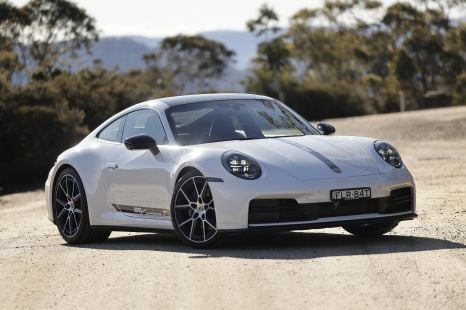

Matt Campbell
2025 Porsche 911 Carrera T review
5 Days Ago
They're not massive sellers, but there's still plenty to love about these small hybrid SUVs. How do they stack up on the spec sheet?

Marketplace Journalist


Marketplace Journalist
SUVs are as popular as ever among Australian new car buyers, but you don’t have to follow the pack to find a quality option.
Two such competitors are Honda and Nissan, who both offer small SUVs for a similar price. Notably, they each have very closely matched hybrid options.
We’ve picked out hybrid versions of the Nissan Qashqai and Honda ZR-V to see how similar they really are on the spec sheet.
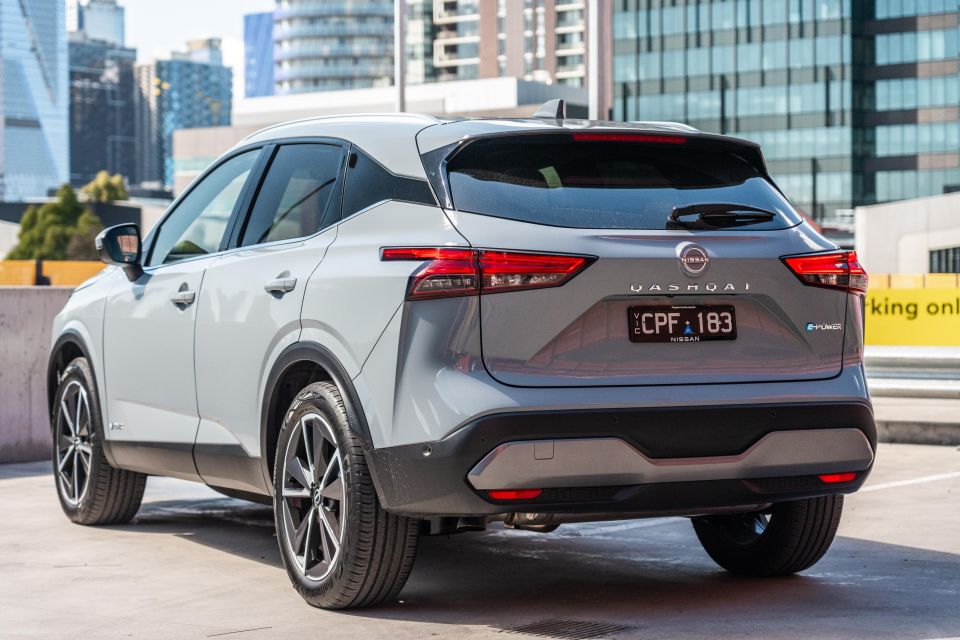
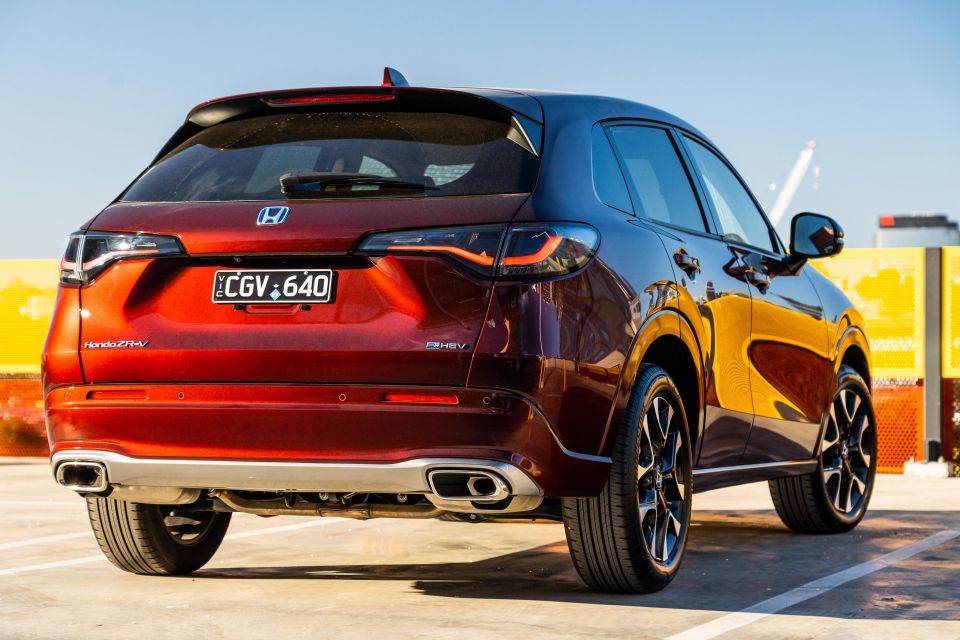
Neither was a top seller in its segment last year; 6614 examples of the Qashqai were sold in Australia, compared to 2282 of the ZR-V sales.
These cars don’t share a segment on the VFACTS sales charts. The Qashqai is physically slightly larger than the ZR-V, and has a lower starting price – but the pair is closely aligned on price and features.
What’s really separating them?
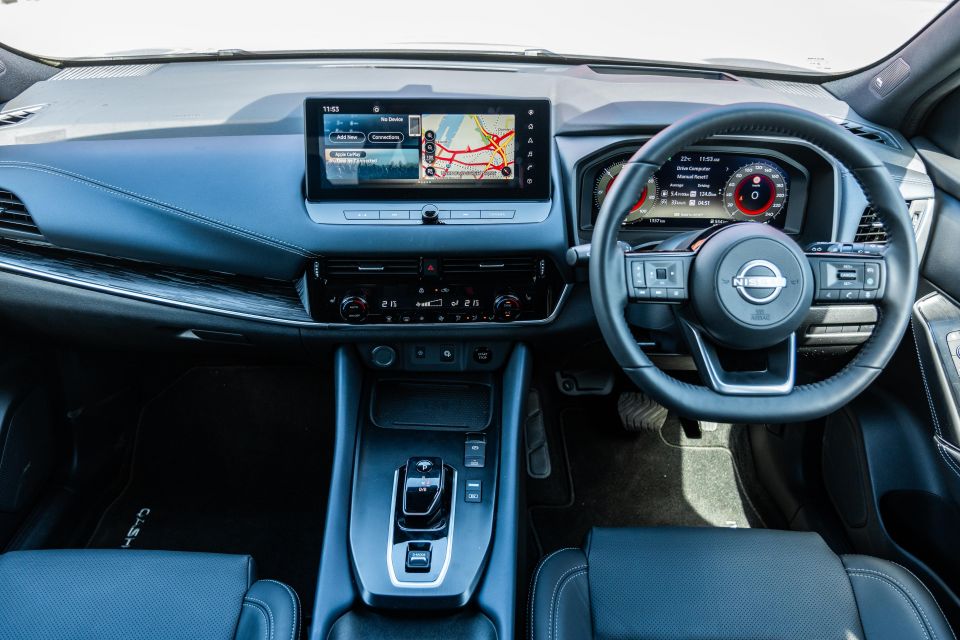
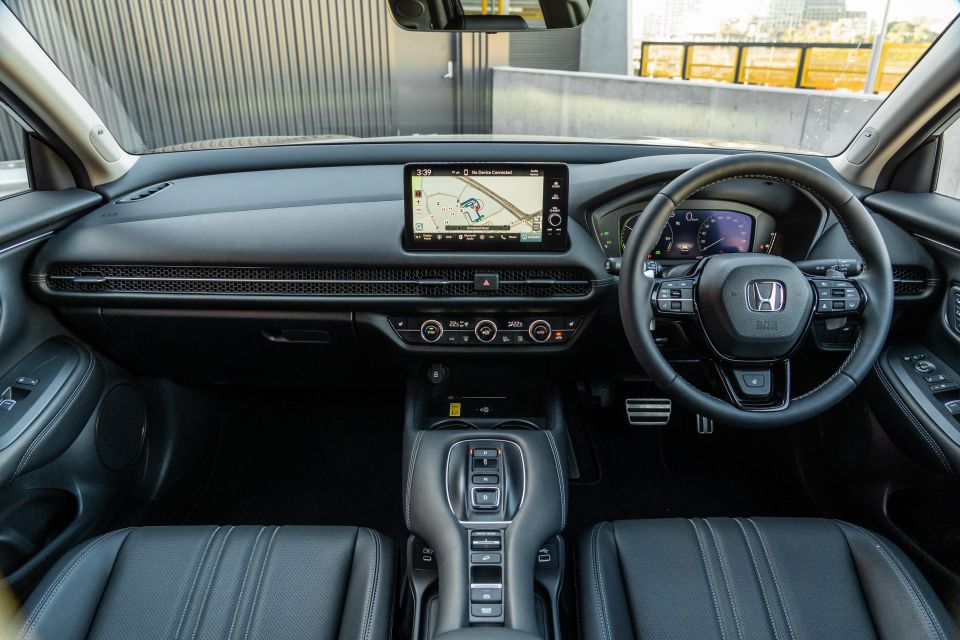
These are the most expensive versions of Qashqai and ZR-V money can buy. They’re also the only hybrid models offered in their respective lineups.
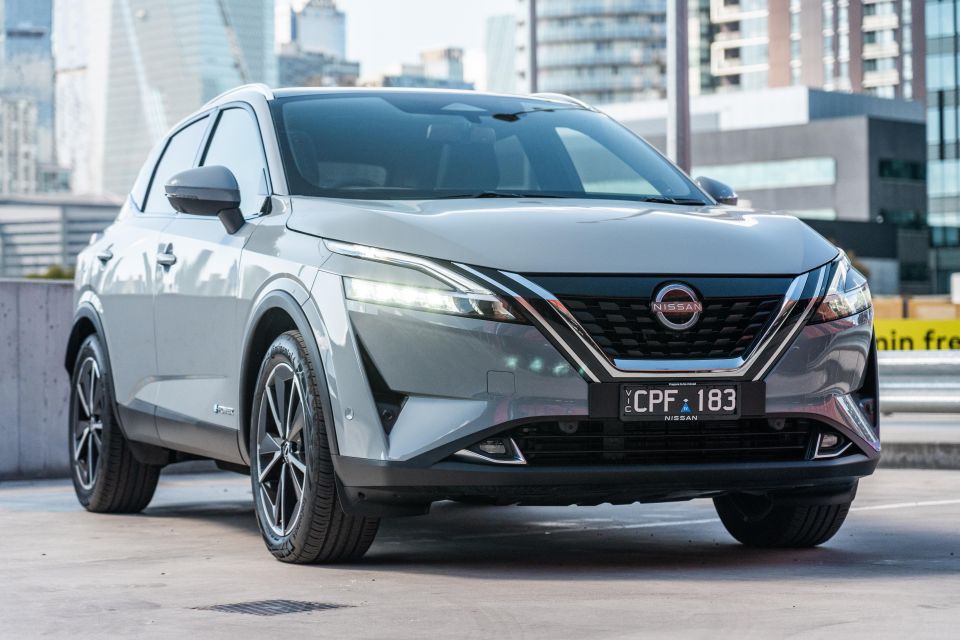
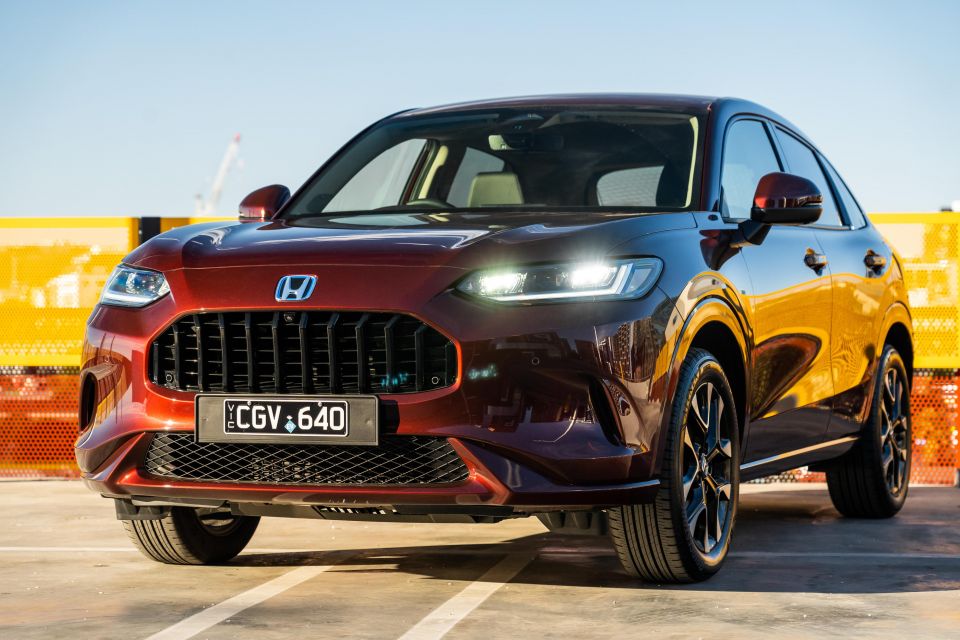
At first glance you’d be forgiven for thinking the Qashqai was cheaper than the ZR-V, but when you factor in on-road costs you’ll find they’re actually quite evenly matched. We can’t provide an exact figure as it varies in each state.
The Honda is advertised with a drive-away price, which means what you see on the tag is what you can expect to pay.
For context, both cars are roughly $15,000 more expensive than their respective petrol-only range-openers.
| Make/model | List price | Drive-away |
|---|---|---|
| Nissan Qashqai Ti e-Power | $51,590 before on-roads | $52,990 (Victoria) |
| Honda ZR-V e:HEV LX | N/A | $54,900 |
These cars take fundamentally different approaches to reach a very similar fuel consumption claim.
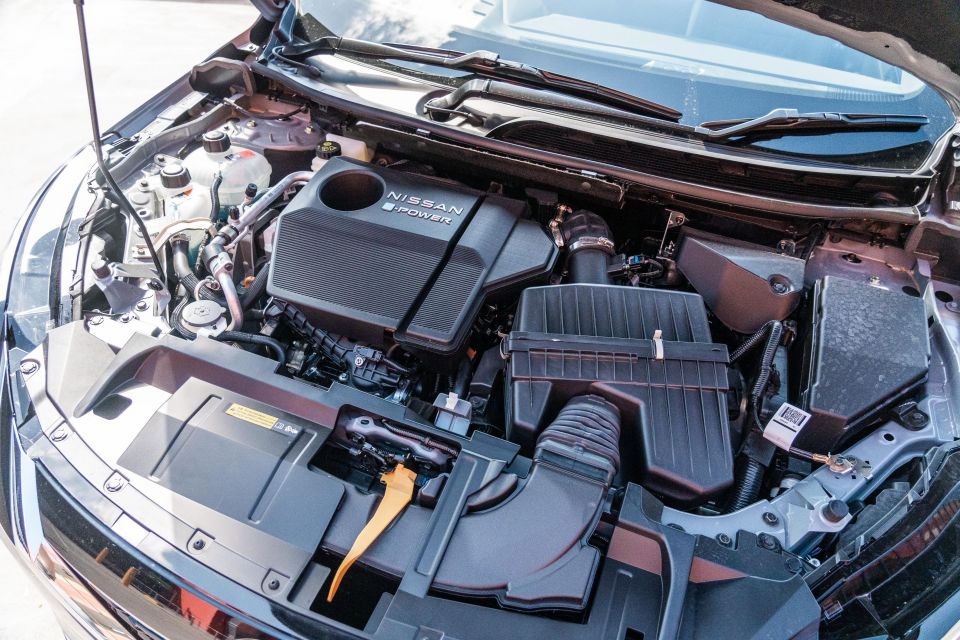
The Qashqai’s e-Power system is unique. Instead of directly driving the wheels through a conventional transmission or CVT, the petrol engine is attached to a motor-generator and an inverter.
That unit is used to charge the lithium-ion battery pack, which in turn feeds the drive motors. Think of it as being somewhere between a range extender and a traditional hybrid unit.
The closest the engine comes to powering the wheels is under high load, when it feeds energy the electric motors (via the attached generator and inverter) directly, rather than just supplying energy to the battery.
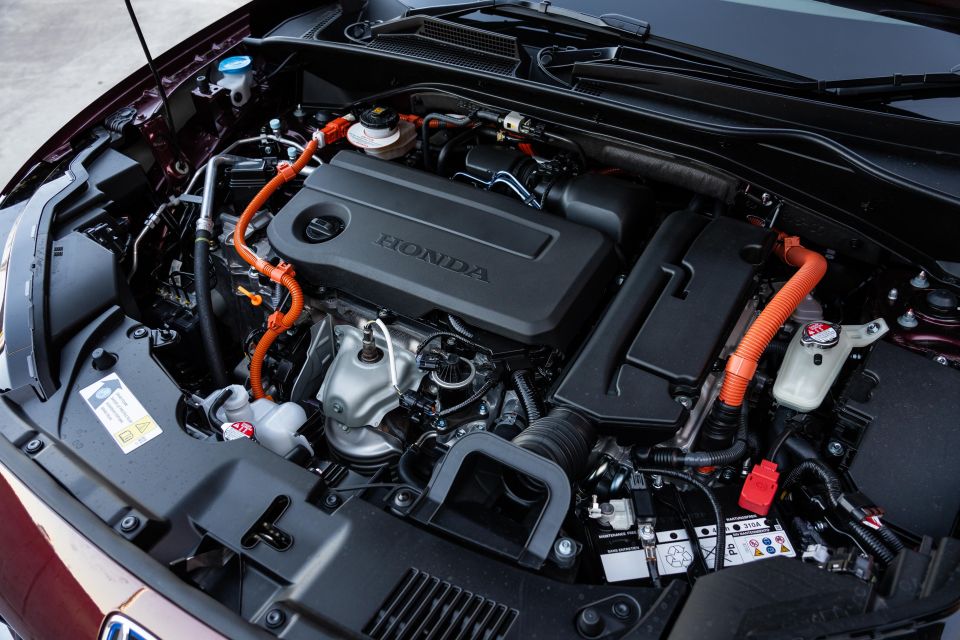
Although the revs will rise and fall, the end result is a car that feels more like an EV to drive than a petrol car with an electric motor attached.
The Honda hybrid system is more conventional, mating two electric motors with a petrol engine and an e-CVT transmission.
| 2024 Nissan Qashqai Ti e-Power | 2024 Honda ZR-V e:HEV LX | |
|---|---|---|
| Engine | 1.5L turbo-hybrid 3cyl | 2.0L hybrid 4cyl |
| Engine power | 116kW | 104kW |
| Engine torque | 250Nm | 186Nm |
| Electric motor power | 140kW | N/A |
| Electric motor torque | 330Nm | N/A |
| Battery | 2.3kWh Li-ion | 1.1kWh Li-ion |
| Total system power | 140kW @ 4500rpm – 7500rpm | 135kW @ 5000rpm – 6000rpm |
| Total system torque | 330Nm @ 0rpm – 3000rpm | 315Nm @ 0rpm – 2000rpm |
| Transmission | N/A | e-CVT |
| Driven wheels | Front-wheel drive | Front-wheel drive |
| Fuel economy (claimed) | 5.2L/100km | 5.0L/100km |
| Fuel tank capacity | 55L | 57L |
| Fuel type | 95 RON | 91 RON |
| CO2 (combined) | 117g/km | 115.2g/km |
Physical measurements are where we see some of the more significant differences between the Qashqai and ZR-V.
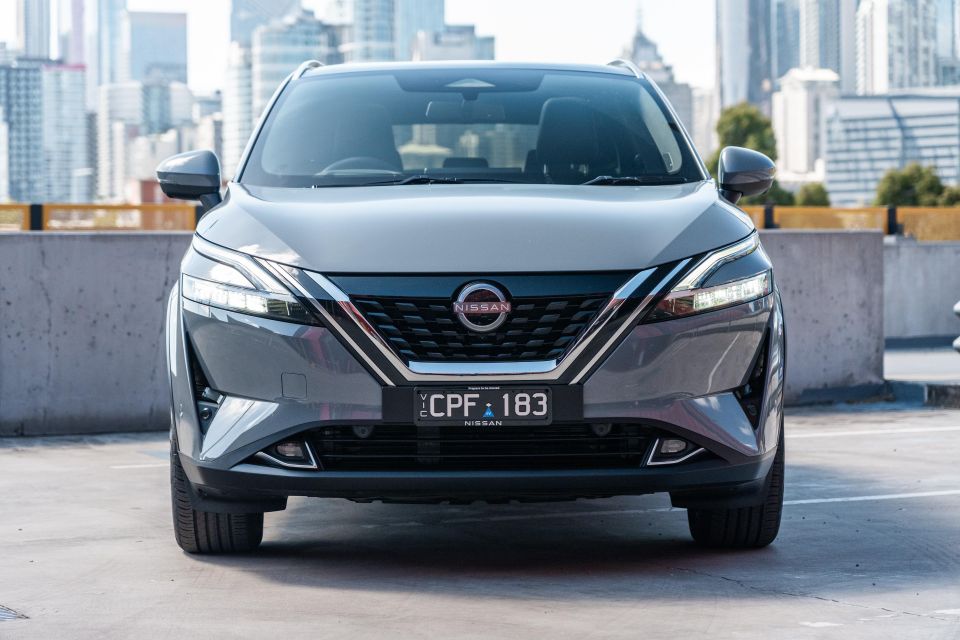
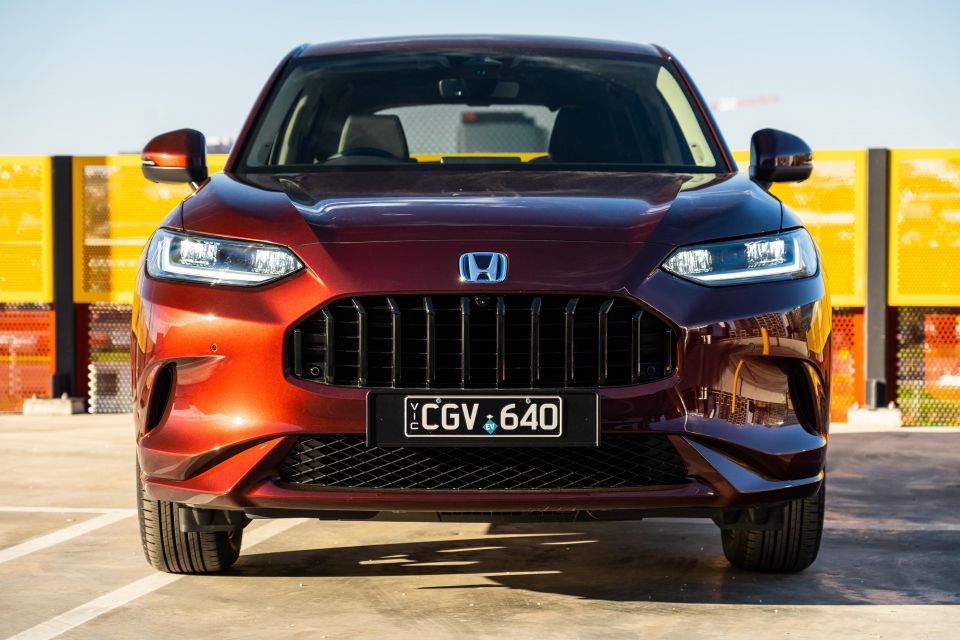
The Honda is slightly longer than the Nissan.
They’re almost the same height and ride on near-identical wheelbases, but the ZR-V has less room to offer in the boot. With the rear seats folded, it’s more than 200L smaller than the same configuration in the Qashqai.
Its kerb weight is also around 150kg lighter, but their Gross Vehicle Mass figures are within 25kg of each other.
| 2024 Nissan Qashqai Ti e-Power | 2024 Honda ZR-V e:HEV LX | |
|---|---|---|
| Length | 4425mm | 4568mm |
| Width | 1835mm | 1840mm |
| Height | 1625mm | 1620mm |
| Wheelbase | 2665mm | 2655mm |
| Ground clearance | 175mm | 186mm |
| Boot capacity | 452L (rear seats up) 1518L (rear seats folded) | 370L (rear seats up) 1302L (rear seats folded) |
| Kerb weight | 1728kg | 1586kg |
| Gross Vehicle Mass (GVM) | 2180kg | 2155kg |
The Nissan Qashqai and the Honda ZR-V are both backed by five-year, unlimited-kilometre warranties.
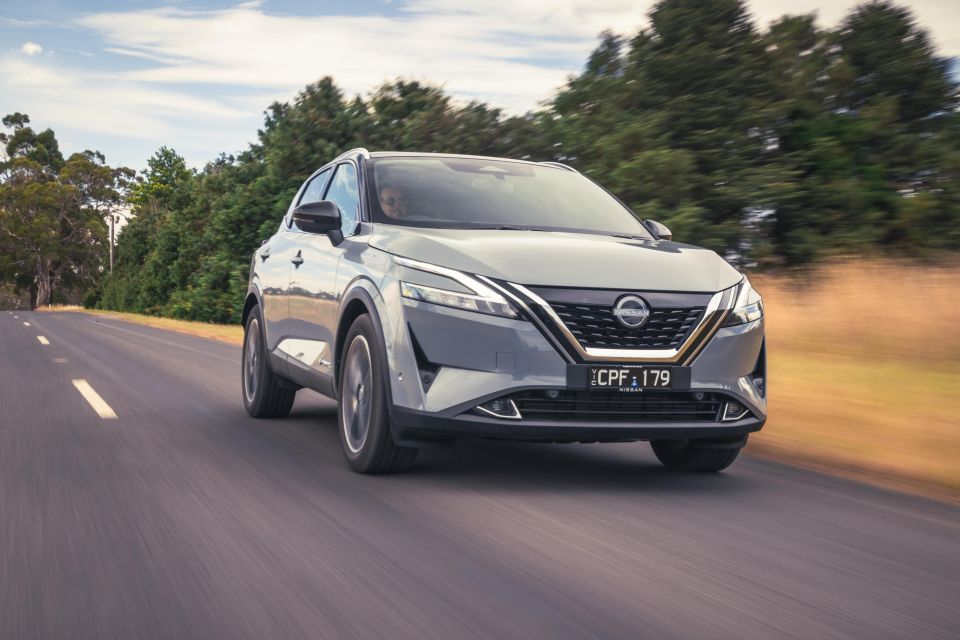
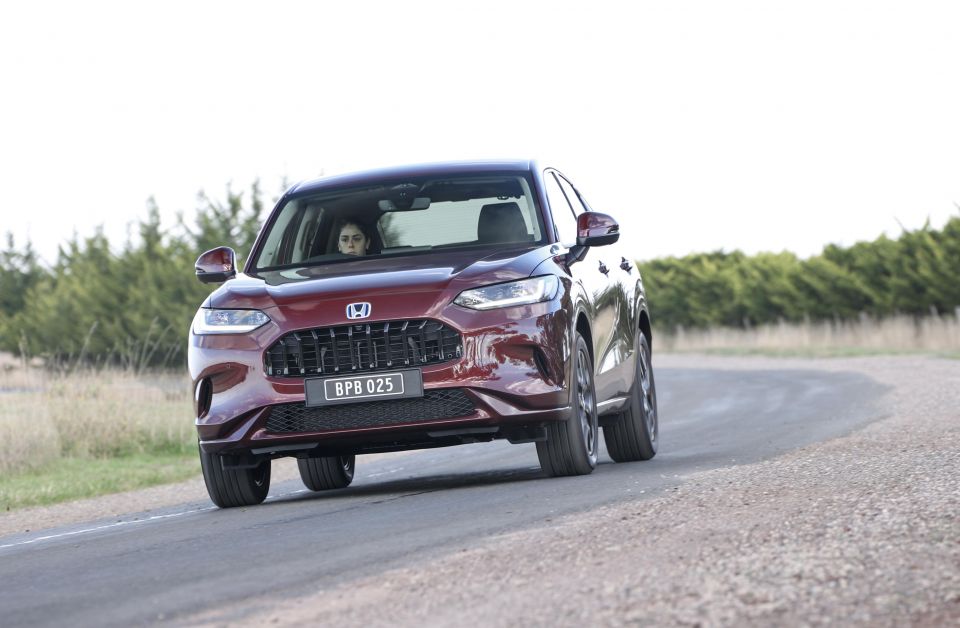
Servicing is required every 12 months or 10,000km on both hybrid models, whichever comes first.
Service pricing is the largest difference between the two, as Honda offers five “Low Price Services” with every new car. That means the first five services for the ZR-V will cost $199 each.
Nissan does offer capped-price servicing for the first six hybrid Qashqai services, though we’ve only broken down the first five for the sake of this comparison. The sixth will cost $619.
| 2024 Nissan Qashqai Ti e-Power | 2024 Honda ZR-V e:HEV LX | |
|---|---|---|
| Warranty | 5-year, unlimited-kilometre | 5-year, unlimited-kilometre |
| Service interval | 12 months or 10,000km | 12 months or 10,000km |
| 1st service price | $353 | $199 |
| 2nd service price | $450 | $199 |
| 3rd service price | $477 | $199 |
| 4th service price | $553 | $199 |
| 5th service price | $397 | $199 |
| Total first 5 years | $2230 | $995 |
| Avg. annual service price first 5 years | $446 | $199 |
The Nissan Qashqai has a five-star ANCAP rating, based on testing conducted in 2021.
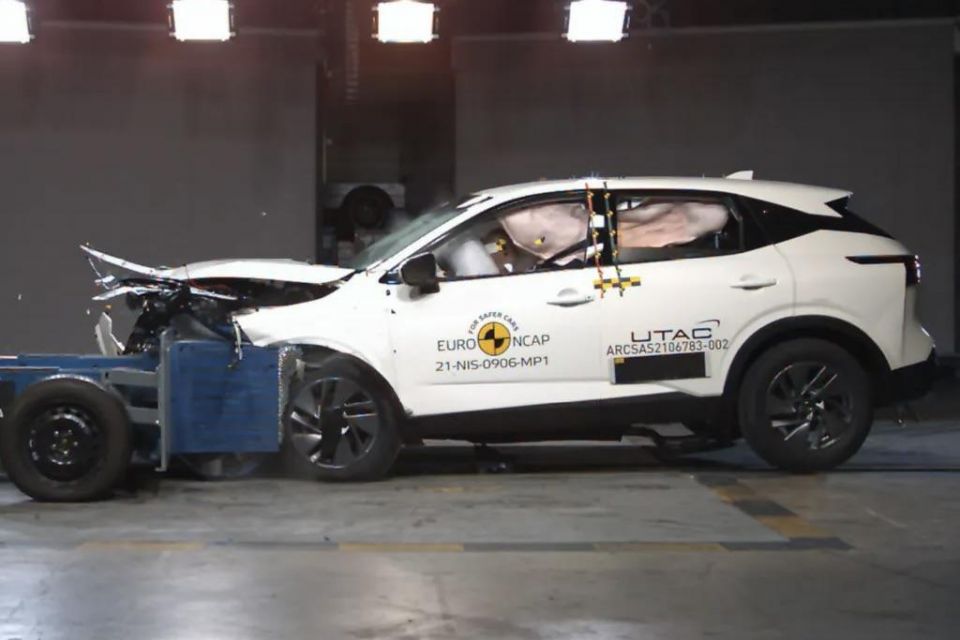

The Honda ZR-V, meanwhile, has yet to be tested by ANCAP, though hybrid models received a four-star rating from sister authority Euro NCAP in 2023.
Here’s a breakdown of standard safety equipment on each car:
| Safety feature | Nissan Qashqai | Honda ZR-V |
|---|---|---|
| Airbags | 7 airbags | 11 airbags |
| Autonomous emergency braking (AEB) | Yes | Yes |
| Lane-keep assist | Yes | Yes |
| Blind-spot monitoring | Yes | Yes |
| Adaptive cruise control with stop/go | Yes | Yes |
| Traffic sign recognition | Yes | Yes |
| Reversing camera | Yes | Yes |
| Surround-view camera | Yes | Yes |
| Rear cross-traffic alert | Yes | Yes |
| Parking sensors | Yes (front and rear) | Yes (front and rear) |
| Park assist | Yes (with side parking sensors) | No |
| Tyre pressure monitoring | Yes | Yes |
| External vehicle warning sound | Yes | Yes (in EV mode) |
Both cars also have an AEB system that includes junction assist, pedestrian detection, cyclist detection, and a reverse function. Honda combines those functions within its Collision Mitigation Braking System.
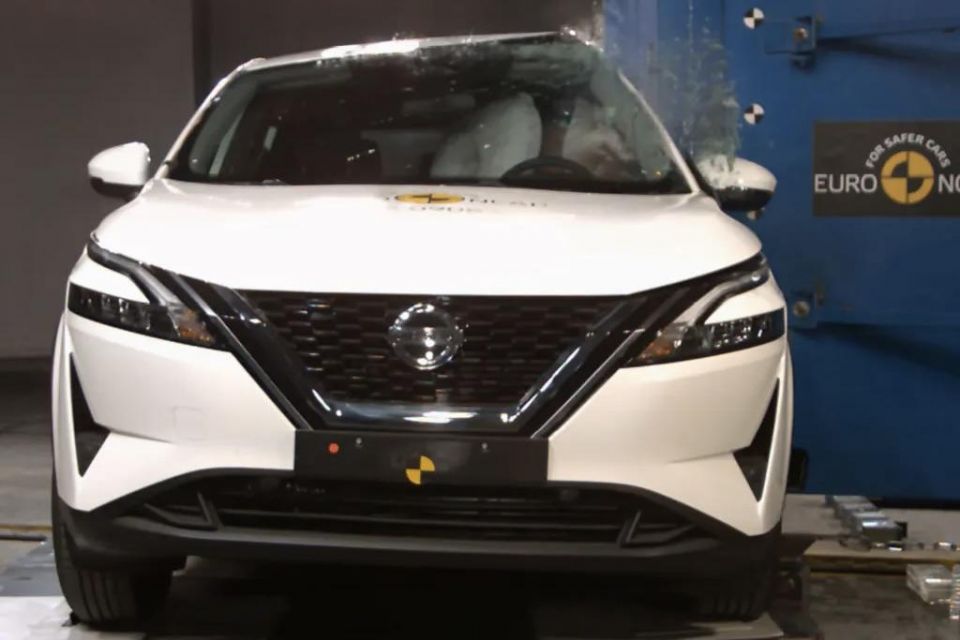
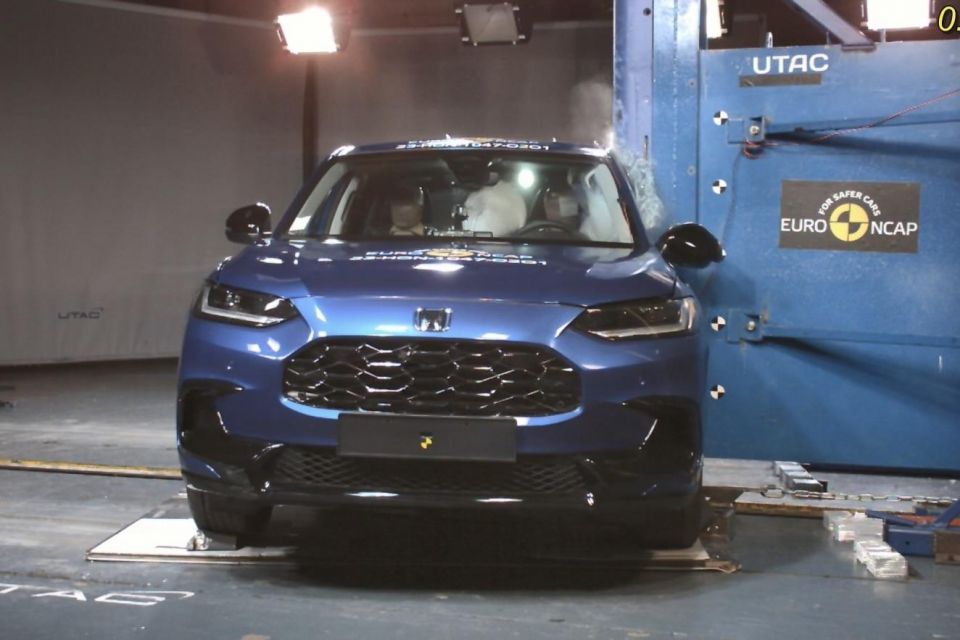
Here’s a breakdown of each car’s safety scoring:
| Assessment | Nissan Qashqai | Honda ZR-V (Euro NCAP) |
|---|---|---|
| Adult occupant protection | 34.84 out of 38 (91 per cent) | 79 per cent |
| Child occupant protection | 45.78 out of 49 (91 per cent) | 86 per cent |
| Vulnerable road user protection | 40.17 out of 54 (74 per cent) | 81 per cent |
| Safety assist | 15.56 out of 16 (97 per cent) | 68 per cent |
These cars are closely matched on standard features. Have a look below to see how they stack up against each other.

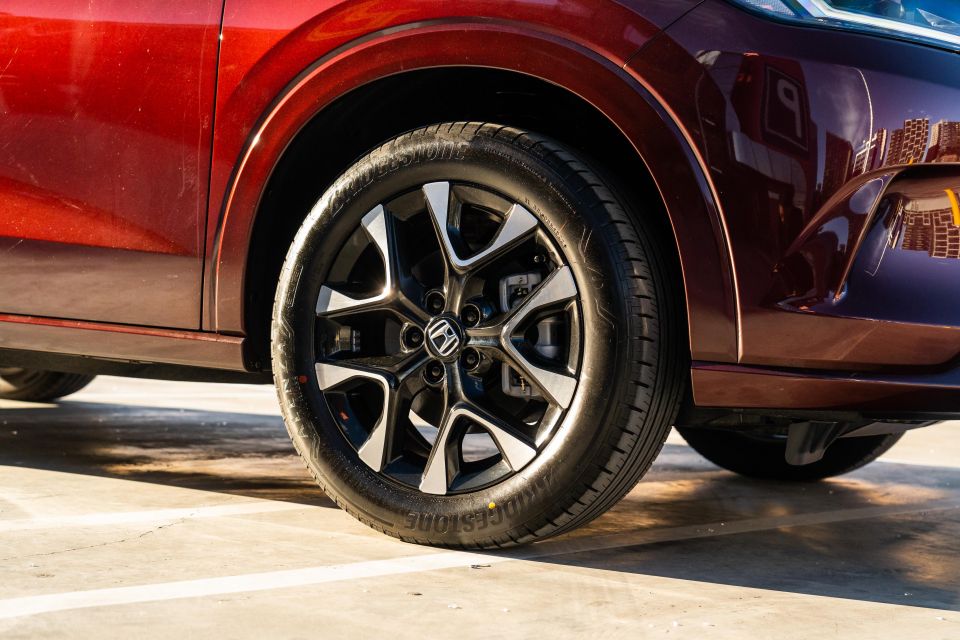
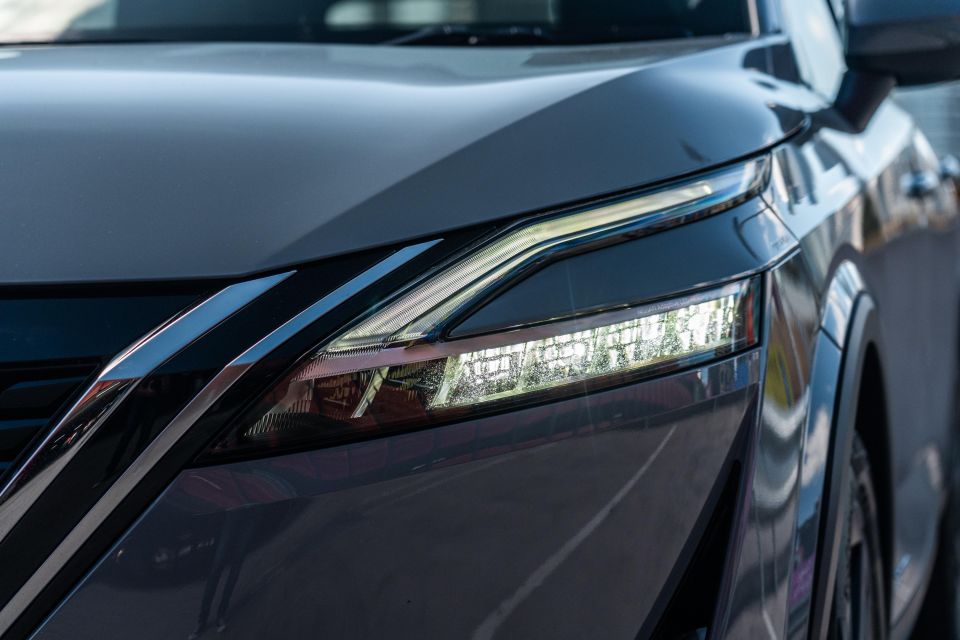
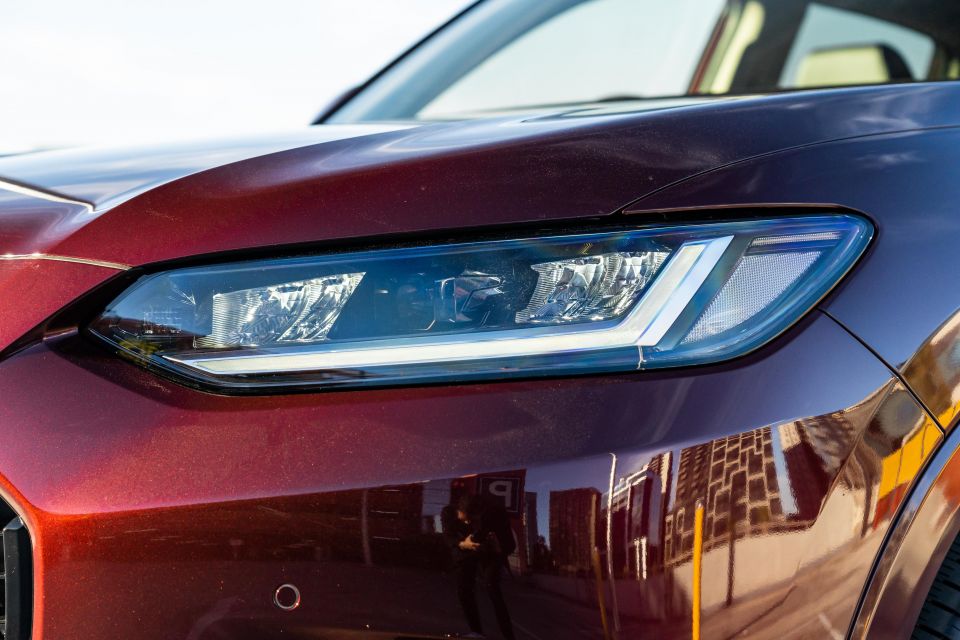
| Exterior | 2024 Nissan Qashqai Ti e-Power | 2024 Honda ZR-V e:HEV LX |
|---|---|---|
| Wheels | 19-inch alloy | 18-inch alloy |
| Spare wheel | Tyre repair kit | Tyre repair kit |
| Headlights | Automatic, adaptive, auto-levelling LED | Dusk-sensing, adaptive, active cornering LED |
| Fog lights | Yes, LED | No |
| Wipers | Rain-sensing | Rain-sensing |
| Side mirrors | Heated, power-folding, reverse auto-tilting | Heated, power-folding, reverse auto-tilting |
| Sunroof | Panoramic glass | No |
| Tailgate | Hands-free, powered | Hands-free, powered |
There’s not a lot to separate the two on exterior features, though there are a few slight differences. Notably, the ZR-V doesn’t offer auto-levelling headlights or fog lights, unlike the Qashqai. Both feature high-beam assist.
With the Honda you do gain windscreen washer nozzles that have been integrated into the wiper arm, along with a walk-away closing function on the powered tailgate.
The Qashqai meanwhile offers power-folding side mirrors with integrated LED indicators, as well as a panoramic glass sunroof.
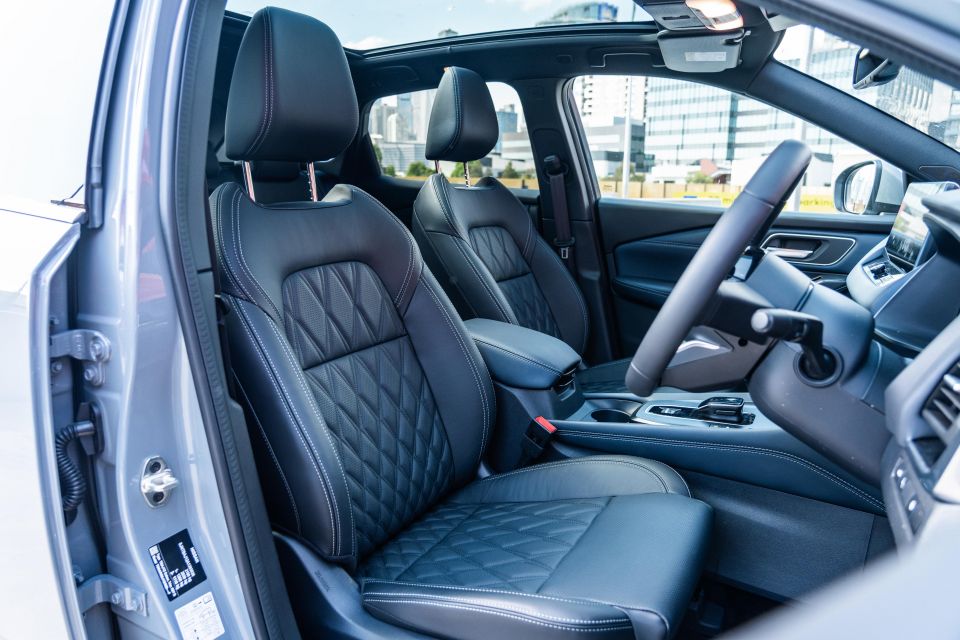
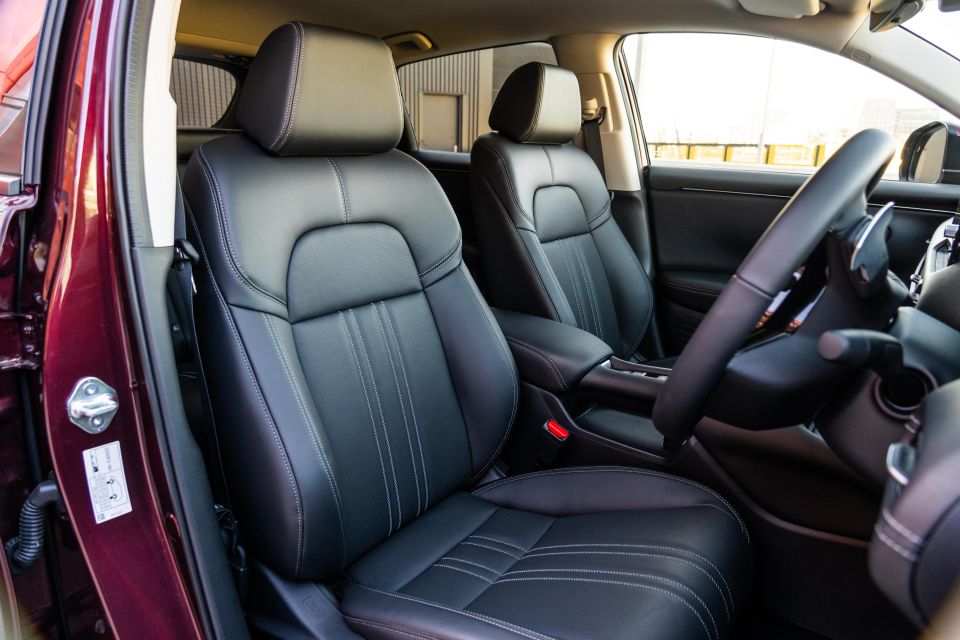
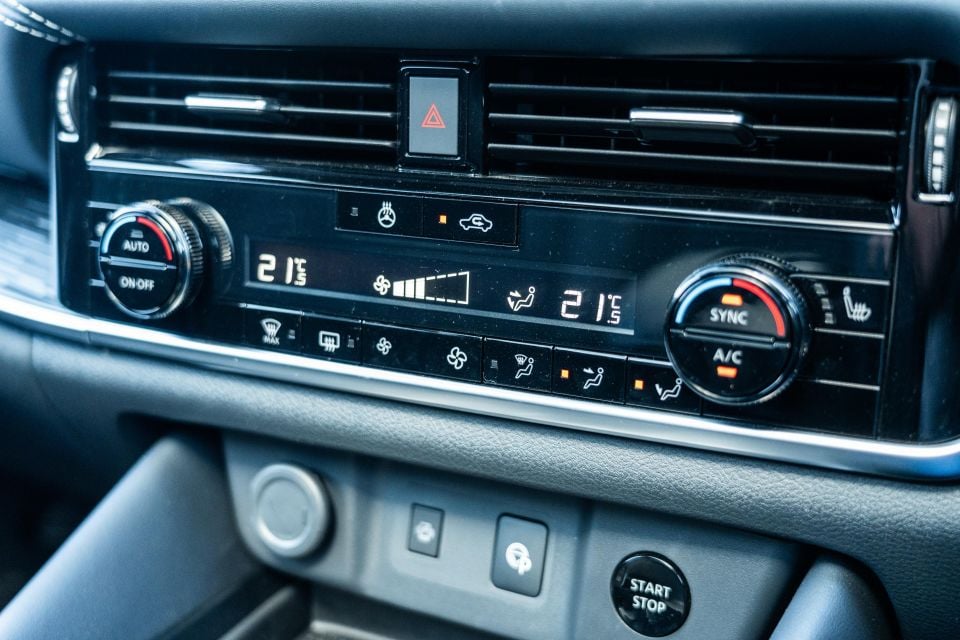
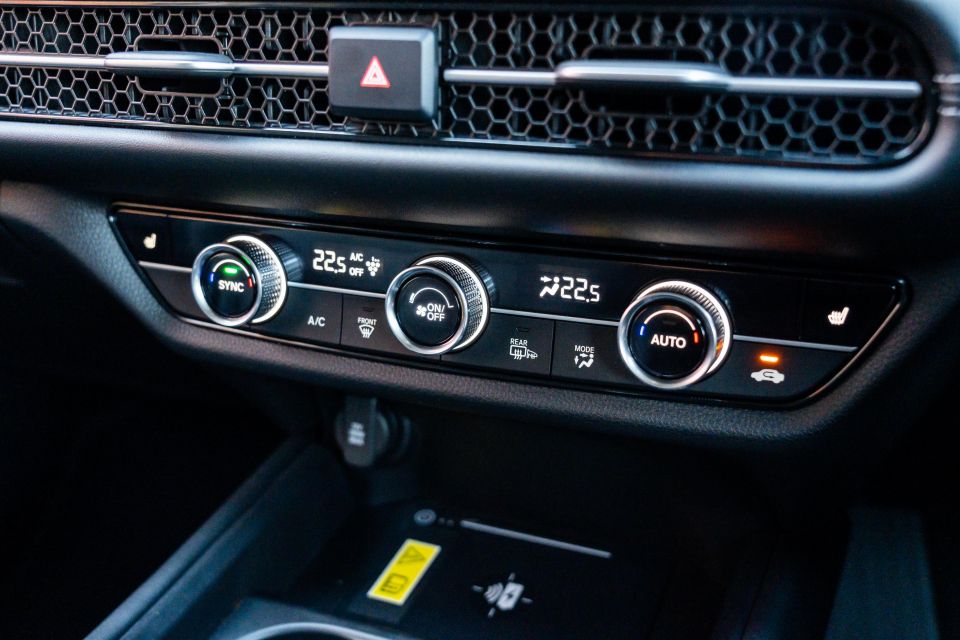
| Interior | Nissan Qashqai | Honda ZR-V |
|---|---|---|
| Upholstery | Quilted leather | Black leather |
| Front seats | Heated, 8-way power-adjustable | Heated, 8-way power-adjustable (4-way passenger) |
| Rear seats | Fold-down centre armrest | Heated, with fold-down centre armrest |
| Steering wheel | Heated, leather-wrapped | Heated, leather-wrapped |
| Gear selector | e-Shifter | Shift-by-wire |
| Paddle shifters | No | Yes, metal |
| Rear-view mirror | Auto-dimming | Auto-dimming |
| Climate control | Dual-zone | Dual-zone |
Once again there are a few differences on the inside. Over the Qashqai the ZR-V boasts heated rear seats, and metal paddle shifters.
The front seats in the Qashqai are heated and eight-way power-adjustable, and offer three massage modes. The ZR-V, meanwhile, doesn’t offer massages, and the passenger will have to make do with only four-way adjustment.
In terms of design the Qashqai features a black headliner, while the ZR-V offers alloy sports pedals. Both have some form of ambient lighting.
Both cars also have rear air vents, auto-dimming mirrors, and heated leather-wrapped steering wheels, among other features.
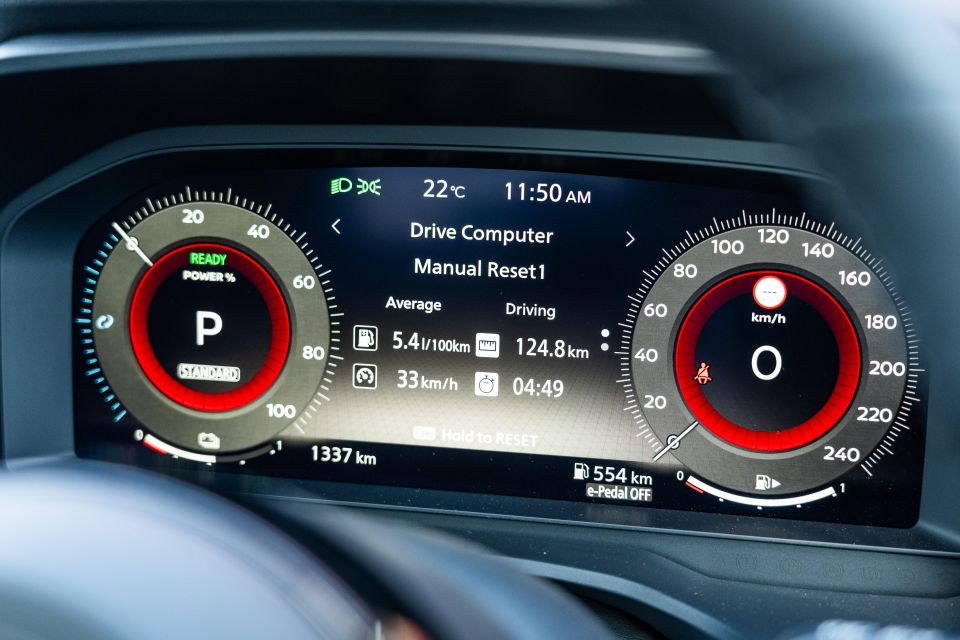
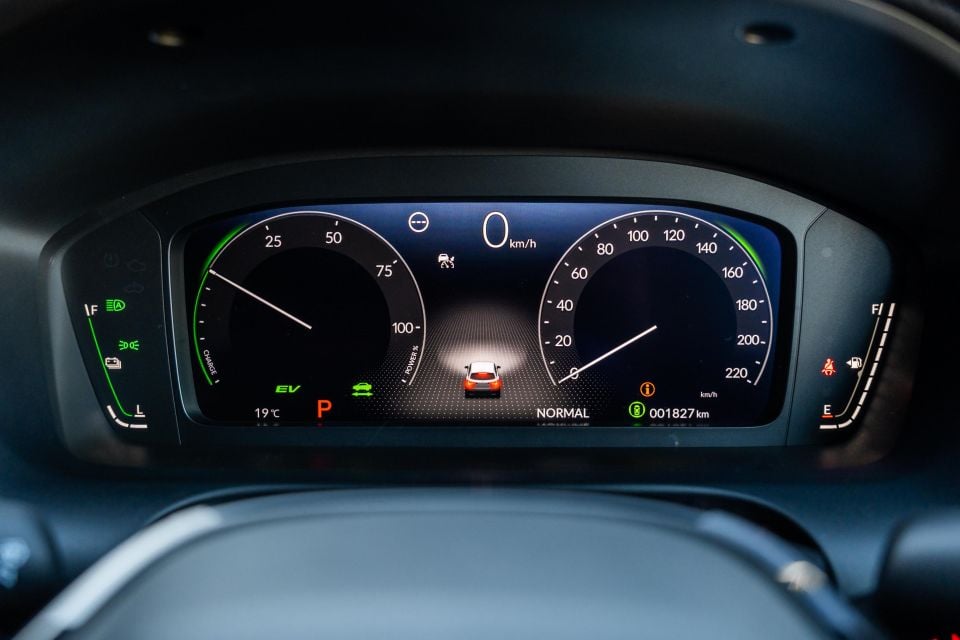
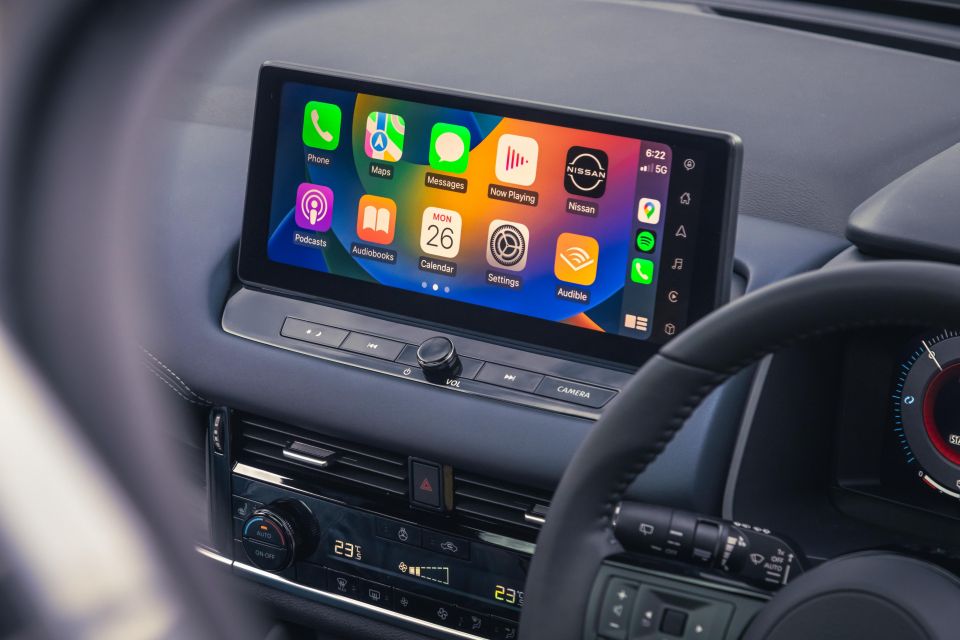
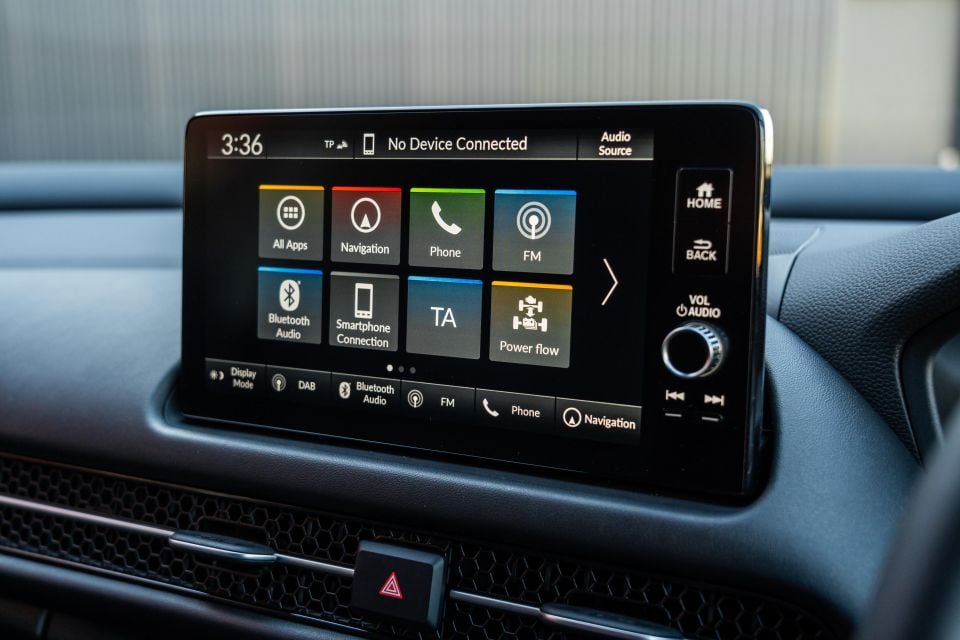
| Technology | Nissan Qashqai | Honda ZR-V |
|---|---|---|
| Instrument cluster | 12.3-inch digital cluster | 10.2-inch digital cluster |
| Head-up display | 10.8-inch head-up display | No |
| Infotainment | 12.3-inch touchscreen display | 9.0-inch touchscreen display |
| Satellite navigation | Yes | Yes |
| Smartphone mirroring | Wireless Apple CarPlay, wired Android Auto | Wireless Apple CarPlay, wired Android Auto |
| Phone charging | Wireless phone charger | Wireless phone charger |
| USB | USB-A, USB-C front and rear | USB-A, USB-C front, 2 USB-C rear |
| Sound system | Bose 10-speaker | Bose 12-speaker |
| Key | Keyless entry and push-button start | Keyless entry and push-button start |
Along with offering smaller screens, the ZR-V misses out on a head-up display. You do get a 12-speaker Bose-branded sound system compared to the 10-speaker arrangement in the Qashqai.
Both have USB ports for charging and phone connectivity, as well as intelligent key systems for driver preferences.
You get wireless Apple CarPlay and a wireless phone charger with both, as well as built-in satellite navigation.
All that makes it a tough call between these two Japanese hybrids. Which would be your pick?
BUY: Get in touch with a dealer about a Nissan Qashqai MORE: Everything Nissan Qashqai
BUY: Get in touch with a dealer about a Honda ZR-V MORE: Everything Honda ZR-V
Max Davies is an automotive journalist based in Melbourne, Australia. Max studied journalism at La Trobe University and stepped into the automotive world after graduating in late 2023. He grew up in regional Victoria, and with a passion for everything motorsport is a fan of Fernando Alonso.


Matt Campbell
5 Days Ago


James Wong
4 Days Ago
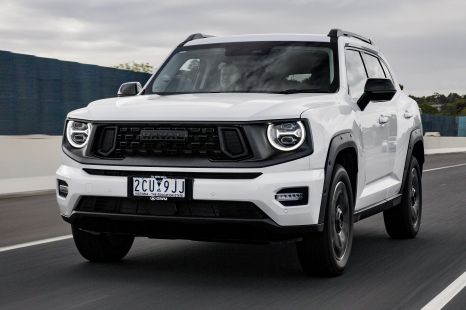

Max Davies
3 Days Ago
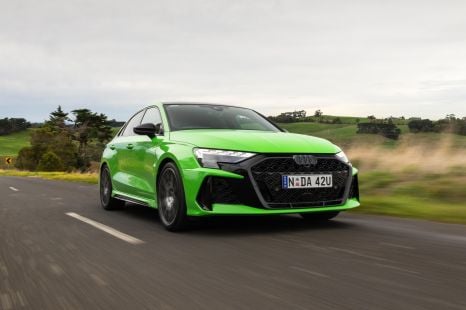

Josh Nevett
2 Days Ago
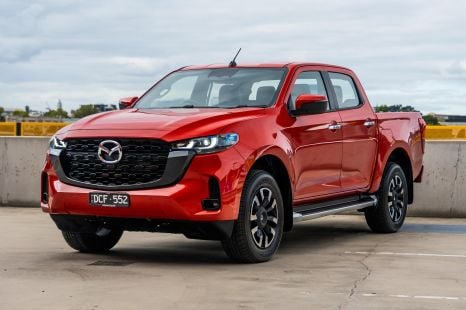

Josh Nevett
1 Day Ago
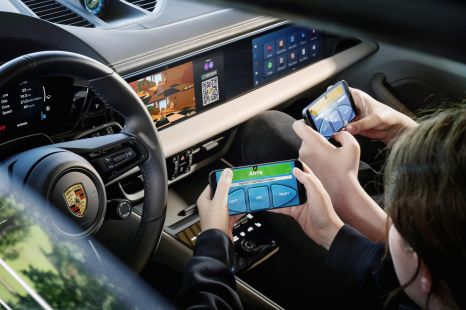

James Wong
18 Hours Ago